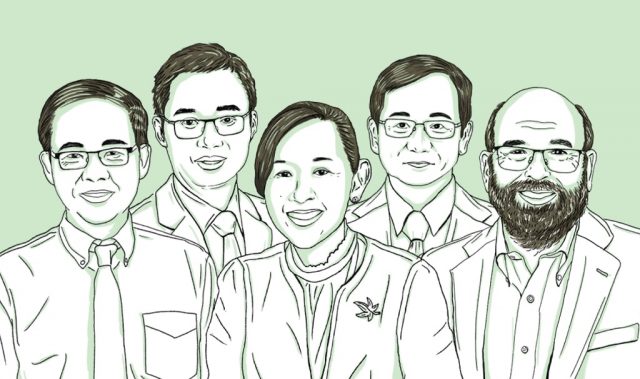
AsianScientist (Sep. 23, 2013) – French pharmaceutical company Servier has inked three Research Collaboration Agreements (RCAs) with A*STAR’s Singapore Immunology Network (SIgN).
The collaboration projects aim to discover and develop drugs that harness the immune system to target diseases such as cancer and autoimmune disorders.
“The expansion of this partnership is expressing our goal to collaborate closely with leading scientists worldwide, to discover and develop innovative medicines, particularly in the field of cancer. We believe that the high quality of the research done at SIgN is a unique opportunity to achieve this goal,” said Jean-Philippe Seta, MD, CEO of Servier.
This is not the first time that Servier is collaborating with SIgN. Servier first worked with SIgN in 2011 on anti-cancer drugs that can suppress tumor-initiating stem cells. To date, several fully human monoclonal antibodies directed at restricting the growth of TICs have been generated for further development into therapeutic antibodies.
The success of the first collaborative project prompted Servier to expand and strengthen this partnership with SIgN for the latest three RCAs. Two of these projects will be helmed by Professor Paola Castagnoli, the Scientific Director of SIgN, whose expertise in dendritic cell biology is pivotal in the clinical development of new therapeutic candidates that Servier is pursuing. These drugs will be applied in the field of cancer therapy as well as organ transplantation, inflammatory and autoimmune diseases.
The third project will focus on identifying genetic dispositions in Asian patients to drug-induced side-effects, such as allergic reactions, which are frequently caused by interactions with a special class of immune genes called human leukocyte antigens (HLAs). This study will be led by Associate Professor Ren Ee Chee, Principal Investigator at SIgN, whose expertise lies in Asian HLA gene repertoire.
——
Source: Servier; Photo: msnscarlson/Flickr/CC.
Disclaimer: This article does not necessarily reflect the views of AsianScientist or its staff.












